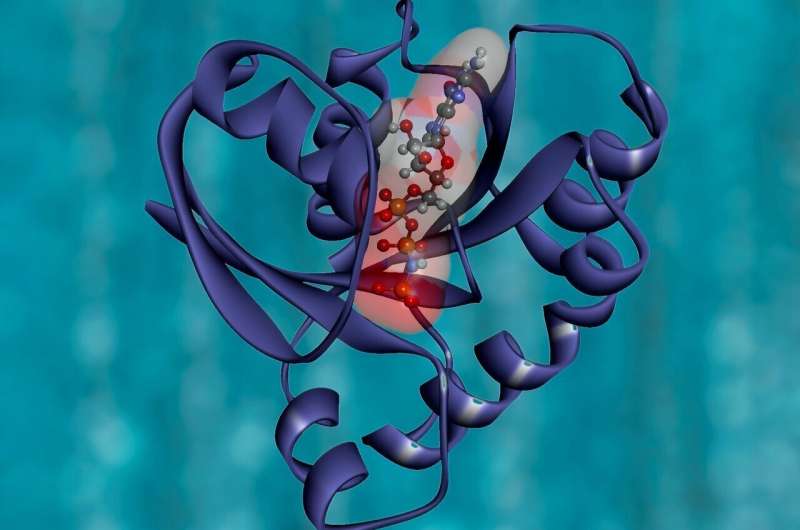Investigating long-lived mitochondrial proteins

Northwestern Medicine investigators have discovered that a subset of proteins in mitochondria of brain and heart cells are long-lived, supporting the long-term stability of mitochondrial complex architecture.
The study, published in the Journal of Cell Biology, was led by Jeffrey Savas, Ph.D., assistant professor in the Ken & Ruth Davee Department of Neurology's Division of Behavioral Neurology, of Medicine the in Division of Nephrology and Hypertension, and of Pharmacology.
Previous work led by Savas and published in Science discovered that nuclear pore complex proteins in post-mitotic neurons are exceptionally long-lived and persist for months in mouse and rat brains. These proteins, termed long-lived proteins, or LLPs, provide long-term stability and structure to the nuclear pore and subsequently to the nuclear envelope of neurons; however, this concept had never been considered for other intracellular organelles, until now.
For example, proper functioning of mitochondria—organelles responsible for energy production within the cell—was previously thought to rely on protein renewal. However, in the current study, the scientists used isotope labeling and mass spectrometry to discover that a subset of mitochondrial proteins were long-lived in tissues enriched in post-mitotic cells, including brain and heart cells. These proteins concentrated in a sub-compartment of mitochondria called cristae, highly structured folds within the mitochondrial inner membrane that are essential for cellular respiration and homeostasis.
"Whenever you read about mitochondria, they are always portrayed as these very dynamic organelles that are continually remodeled and renewed" said Ewa Bomba-Warczak, Ph.D., a postdoctoral fellow in the Savas laboratory and first author of the study.
"The identification of long-lived proteins in mitochondria is important and quite unexpected, as it counteracts the central idea of mitochondria being these dynamic organelles that are constantly being turned over and replaced," Savas added.
Further demonstrating their findings, the investigators used a technique called cross-linking to study protein-protein interactions in mitochondria isolated from mouse hearts and brains. Using mass spectrometry, they found that cross-linking occurred between either two old long-lived proteins or two newly synthesized proteins, but that these old and new proteins did not interchange.
Savas said their findings may suggest that once cristae are formed in a highly metabolic mitochondrion, the long-lived proteins may stick together to ensure high levels of energy production.
Now, the investigators are studying how the stability of this cristae affects the long-term persistence of the mitochondria, where in cells these mitochondria are that contain these old long-lived proteins, and how these findings may be used to improve the understanding human health and disease.
More information: J. N. Savas et al, Extremely Long-Lived Nuclear Pore Proteins in the Rat Brain, Science (2012). DOI: 10.1126/science.1217421
Ewa Bomba-Warczak et al, Long-lived mitochondrial cristae proteins in mouse heart and brain, Journal of Cell Biology (2021). DOI: 10.1083/jcb.202005193
Journal information: Journal of Cell Biology , Science
Provided by Northwestern University



















